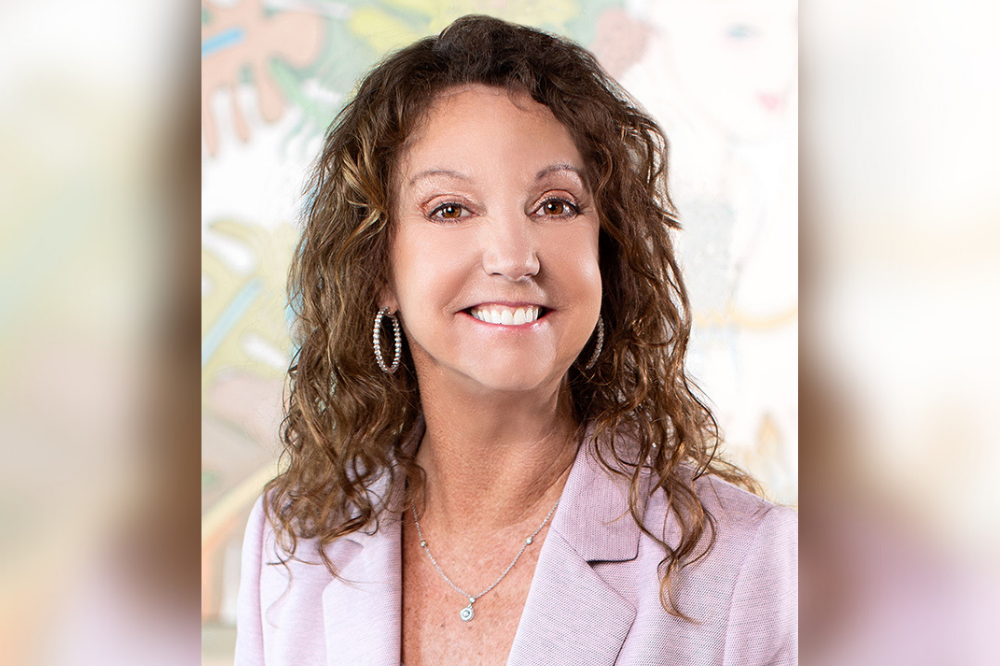While forbearance numbers have declined somewhat in recent weeks, around three million homeowners are still behind on their mortgages. As foreclosure moratoriums are set to expire later this year, the housing market is now facing the risk of a shock from millions of homeowners going from forbearance straight into foreclosure. To prevent such a shock to the system, the CFPB has released a proposed set of rule changes for servicers and borrowers to prevent the end of forbearance turning into a catastrophe for the whole mortgage industry.
The CFPB’s proposed rules include giving borrowers more time through a pre-foreclosure “review period” that would keep servicers from foreclosing before 2022, as well as giving servicers more options for streamlined loan modifications for borrowers impacted by the pandemic and making some changes to required servicer communications, ensuring borrowers receive key information about options in a timely manner. While the CFPB has sought input on these rule changes, one analyst believes they’re effectively a fait accomplit, with significant impacts on the whole mortgage industry and housing market.
“Foreclosure represents a bigger risk than we all realize,” said Jane Mason (pictured), founder and CEO of process automation software firm CLARIFIRE and an expert in loss mitigation. “We need to be thinking about underreported data – delinquency numbers aren’t being reported to credit agencies and we’re not sure how delinquent these people are. After 18 months, they’ve been in delinquency for a considerable amount of time. Converting these people to permanent solutions is going to be a big challenge. I don’t think the risk is nearly as big as during the great recession, but I do think the servicers and banks in particular need to pay attention to how they are going to manage the volumes and velocity of these requests.”
Read more: There’s a tax break waiting for owners who renovated this year
Loan application modifications proposed by the CFPB, Mason said, could be particularly effective in developing permanent solutions for delinquent borrowers. Servicers being allowed to accept incomplete applications will take a major burden off servicers and borrowers as both groups can struggle with the sheer quantity of documentation required for all the options they might be eligible for.
While these changes are directly impacting the servicing side of the mortgage equation, Mason believes there’s likely to be impacts in the key handoff between origination and servicing. As originators increasingly encounter borrowers with underreported delinquencies, blemished credit, and significant income volatility, the underwriting credits on these mortgages will become more challenging.
Originators, she claims, will have to pay far more attention to the growing underwriting risk associated with people trying to get out of delinquency using a refinance as a permanent solution. They will have to take a close look at credit and ask themselves what you do when somebody has had no credit for a year.
She believes that to get ready for these looming changes, mortgage professionals need to be communicating with their borrowers en masse, sending surveys and collecting information about how they are doing and their plans for getting back on their feet. It’s important, she believes, to ask if these borrowers know what the end of forbearance is going to mean for them. Servicers need to get their operational side on board, too, and make a full push to turn these communications into meaningful actions now that can safeguard the borrower and the mortgage. As these CFPB rule changes are finalized, the whole team needs to be ready to implement them and prevent forbearance from becoming another foreclosure crisis.
“We have to make sure that our team members, the people working in the servicing shop, not only have a basic familiarity with the policy changes, but they have to be in communication with the borrowers,” Mason said. “I think that’s another place where they can actually assist their operations and assist the borrowers at the same time.”

